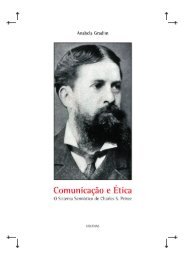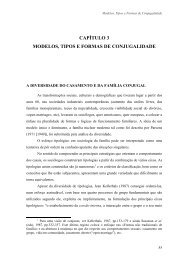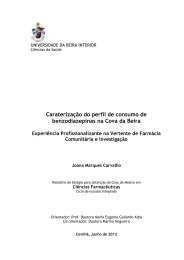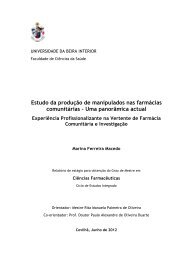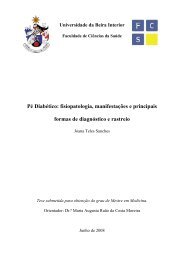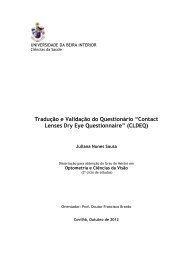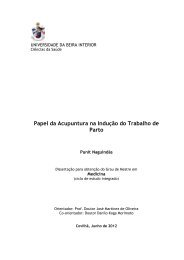Analytical solution for fully developed channel and pipe flow of Phan ...
Analytical solution for fully developed channel and pipe flow of Phan ...
Analytical solution for fully developed channel and pipe flow of Phan ...
- No tags were found...
You also want an ePaper? Increase the reach of your titles
YUMPU automatically turns print PDFs into web optimized ePapers that Google loves.
274 P. J. Oliveira <strong>and</strong> F. T. PinhoThe pressure gradient −p ,x is usually unknown but can be related to the crosssectionalaverage velocity through the definition <strong>of</strong> the <strong>flow</strong> rate following Bird,Armstrong & Hassager (1987)ū ≡ 1 ∫ H2 j y j u(y)dyH j+1 0<strong>and</strong> the integration yields the <strong>solution</strong> <strong>of</strong> the direct problem, the flux <strong>for</strong> a givenpressure gradientū =()−p ,x H 21+ ɛλ2 p 2 ,xH 2 (j +3). (12)η(j + 1)(j +3) 2 (2j−1) η 2 (j +5)For the <strong>solution</strong> <strong>of</strong> the inverse problem, the determination <strong>of</strong> the pressure gradient<strong>for</strong> a given flux, it is advantageous to work with the normalized velocity pr<strong>of</strong>ile (10b)which needs to be integrated to yield the following non-dimensional cubic equation<strong>for</strong> ū N /ū:1=ūN ū( ) 2 ) (ūN1+būwith8(3 + j)κ2b ≡ ɛDe 2 .(5 + j)This equation shows that ū N < ū, i.e. <strong>for</strong> an identical longitudinal pressure gradient ahigher <strong>flow</strong> rate results <strong>for</strong> the PTT fluid than <strong>for</strong> the Newtonian fluid on account <strong>of</strong>the shear-thinning behaviour. From the Cardan–Tartaglia <strong>for</strong>mula <strong>for</strong> the <strong>solution</strong> <strong>of</strong>algebraic cubic equations it can be readily shown that the real <strong>solution</strong> <strong>of</strong> (13) isū Nū = (432)1/6 (δ 2/3 − 2 2/3 )(14)6b 1/2 δ 1/3with the following definitions used to simplify the notation:α =3 3 b +4; β =3 3/2 b 1/2 ; δ = α 1/2 + β.Equation (14) gives the explicit relation <strong>for</strong> the pressure gradient as a function <strong>of</strong> thecross-sectional average velocity ū, once ū N is substituted by its definition (equation(11)). The main results <strong>of</strong> the analysis <strong>for</strong> the linearized PTT fluid are there<strong>for</strong>e thevelocity pr<strong>of</strong>ile (10), the flux equation (12) <strong>and</strong> the unknown driving pressure gradientat given <strong>flow</strong> rate obtained from (14). The maximum velocity at the centreline (y =0)is also useful <strong>and</strong> is given byu 0ū = κ1+4κ2 ɛDe 2 (ū N /ū) 21+b(ū N /ū) 2showing that it is smaller than in the Newtonian case. Expressions <strong>for</strong> the normalizedstress components are readily obtained after scaling with the wall shear stress <strong>for</strong>the Newtonian (or UCM) fluid. From equation (8), the non-dimensional normalstress is) 2 ( ) 2τ xx(ūN y2κη ū/H =4κDe (15)ū H(13)



